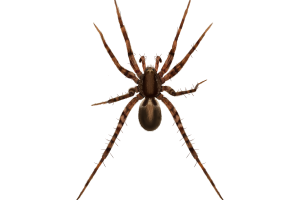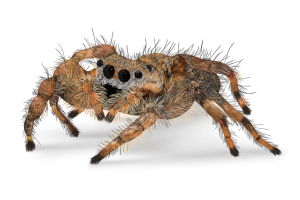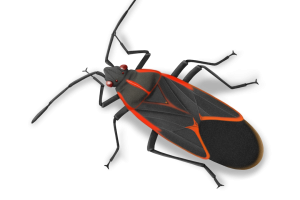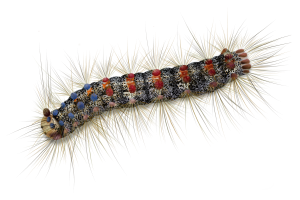Pharaoh ants (Monomorium pharaonis) can be identified by their small size and distinctive coloration. They are light yellow to reddish-brown, with the head and thorax usually darker than the abdomen. Here are some additional characteristics that can help identify Pharaoh ants:
- Size: Pharaoh ants are very small, typically measuring about 1/16 inch in length. They are among the smallest ant species and can be difficult to see with the naked eye.
- Body shape: Pharaoh ants have a slender, slightly curved body shape, with a narrow waist and a bulbous abdomen. The thorax is rounded and does not have spines.
- Antennae: Pharaoh ants have 12-segmented antennae that are usually shorter than the body.
- Nesting behaviour: Pharaoh ants are known for their ability to establish multiple nesting sites, which can make them difficult to control. They often nest in hard-to-reach locations such as wall voids, electrical boxes, and inside appliances.
- Behaviour: Pharaoh ants are known for their erratic and fast-moving behaviour. They are often seen in trails, searching for food or new nesting sites. They are also known to “bud” or split off into new colonies when threatened.
If you suspect that you have a Pharaoh ant infestation, it is important to seek the assistance of a pest control professional for proper identification and treatment. Effective control of Pharaoh ants typically requires a multi-pronged approach, including identification of nesting sites, baiting, and exclusion measures such as sealing cracks and gaps in walls and floors.






